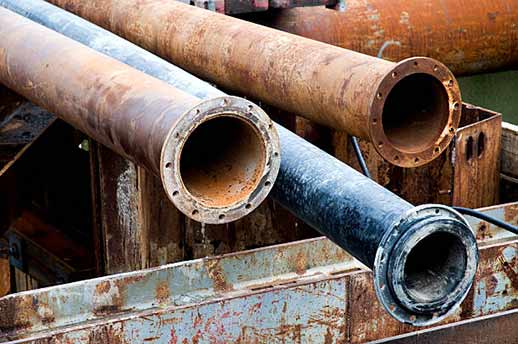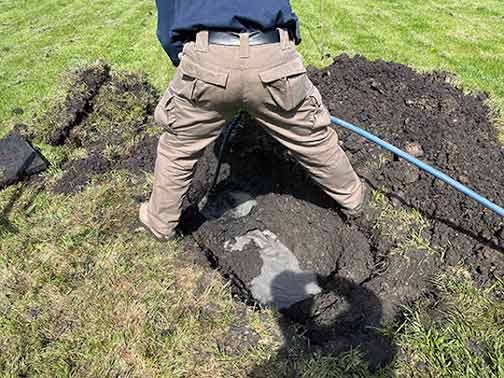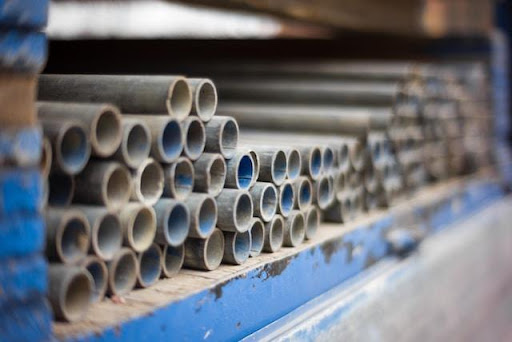
In the realm of home protection, few devices are as crucial as backup sump pumps. These unsung heroes play a pivotal role in safeguarding homes from water damage, particularly during heavy rains or flooding. While primary sump pumps are the first line of defense, backup sump pumps ensure continuous protection when the primary system fails. Here we get into the critical role of backup sump pumps, their operation, and their significance in flood prevention.
Understanding the Functionality of Backup Sump Pumps
Backup sump pumps are designed to activate when the primary sump pump either fails or is overwhelmed by excessive water. They are typically powered by batteries or water pressure, ensuring they can operate independently of the main power supply. This independence is crucial during power outages, which often accompany severe weather conditions. By automatically kicking in when needed, backup sump pumps provide an additional layer of security for homeowners.
How Backup Sump Pumps Complement Primary Sump Pumps
Primary sump pumps are effective at managing regular water levels, but they can become overwhelmed during heavy rainfall or flooding. Backup sump pumps complement these primary systems by taking over when the primary pump cannot keep up with the water influx. This dual-layer protection ensures that homes remain dry even in the most challenging conditions. Additionally, backup sump pumps can prevent the primary pump from burning out due to overuse, extending its lifespan.
Types of Backup Sump Pumps
There are several types of backup sump pumps, each with its own set of advantages. Battery-operated backup sump pumps are the most common, providing reliable performance during power outages. Water-powered backup sump pumps, on the other hand, use the home’s water supply to generate power, making them an excellent choice for homes with a consistent water source. Both types offer unique benefits, and the choice between them depends on the specific needs and circumstances of the homeowner.
Installation and Maintenance of Backup Sump Pumps
Proper installation and maintenance are key to the effectiveness of backup sump pumps. Professional installation ensures that the system is correctly integrated with the primary sump pump and that all components are functioning as intended. Regular maintenance, including battery checks and system tests, is essential to ensure the backup pump is ready to operate when needed. Homeowners should schedule routine inspections to identify and address any potential issues before they become significant problems.
The Significance of Backup Sump Pumps in Flood Prevention
Flooding can cause extensive damage to homes, leading to costly repairs and long-term structural issues. Backup sump pumps play a critical role in flood prevention by providing continuous protection against water intrusion. They help to keep basements and crawl spaces dry, preventing mold growth and preserving the integrity of the home’s foundation. In areas prone to heavy rainfall or flooding, backup sump pumps are an indispensable component of a comprehensive home protection strategy.

Backup sump pumps play a critical role in flood prevention by providing continuous protection against water intrusion.
Choosing the Right Backup Sump Pump for Your Home
Selecting the right backup sump pump involves considering several factors, including the size of the sump basin, the expected water volume, and the power source. Homeowners should speak with a professional plumber to determine the most suitable type and capacity for their specific needs. Additionally, it’s important to choose a reputable brand known for reliability and durability. Investing in a high-quality backup sump pump can provide peace of mind and long-term protection for the home.
Cost Considerations and Financial Benefits
While the initial cost of purchasing and installing a backup sump pump may seem significant, the long-term financial benefits far outweigh the expense. Preventing water damage can save homeowners thousands of dollars in repair costs and protect valuable belongings from destruction. Moreover, having a reliable backup sump pump installed can potentially lower home insurance premiums, as it reduces the risk of water-related claims. The financial advantages, combined with the enhanced protection, make backup sump pumps a wise investment for any homeowner.
Real-Life Examples of Backup Sump Pumps in Action
Many homeowners have experienced firsthand the lifesaving benefits of backup sump pumps. For instance, during a severe storm, one family’s primary sump pump failed due to a power outage. Fortunately, their battery-operated backup sump pump activated, preventing what could have been a disastrous flood in their basement. Another homeowner in a flood-prone area relied on a water-powered backup sump pump, which successfully kept their home dry during an unexpected deluge. These real-life examples highlight the importance of having a reliable backup system in place.
Environmental Impact of Backup Sump Pumps
While backup sump pumps are essential for home protection, it’s also important to consider their environmental impact. Battery-operated pumps require proper disposal of batteries to prevent environmental harm. Homeowners should follow local guidelines for battery disposal and consider using rechargeable batteries to reduce waste. Water-powered sump pumps, while eco-friendly in terms of energy use, can increase water consumption. Balancing the need for home protection with environmental responsibility is crucial for sustainable living.
Future Trends in Backup Sump Pump Technology
The technology behind backup sump pumps is continually evolving, with advancements aimed at improving efficiency and reliability. Smart sump pumps equipped with sensors and connectivity features are becoming more popular, allowing homeowners to monitor their systems remotely and receive alerts in case of malfunctions. Additionally, innovations in battery technology are leading to longer-lasting and more efficient power sources. As technology progresses, backup sump pumps will become even more effective at protecting homes from water damage.
Conclusion: The Indispensable Role of Backup Sump Pumps
In conclusion, backup sump pumps are an indispensable component of home protection systems. They provide a critical safety net when primary sump pumps fail, ensuring continuous protection against water damage. By complementing primary pumps, offering various power options, and requiring proper installation and maintenance, backup sump pumps play a vital role in flood prevention. Homeowners who invest in high-quality backup sump pumps can enjoy peace of mind, knowing their homes are well-protected against the unpredictable forces of nature.


